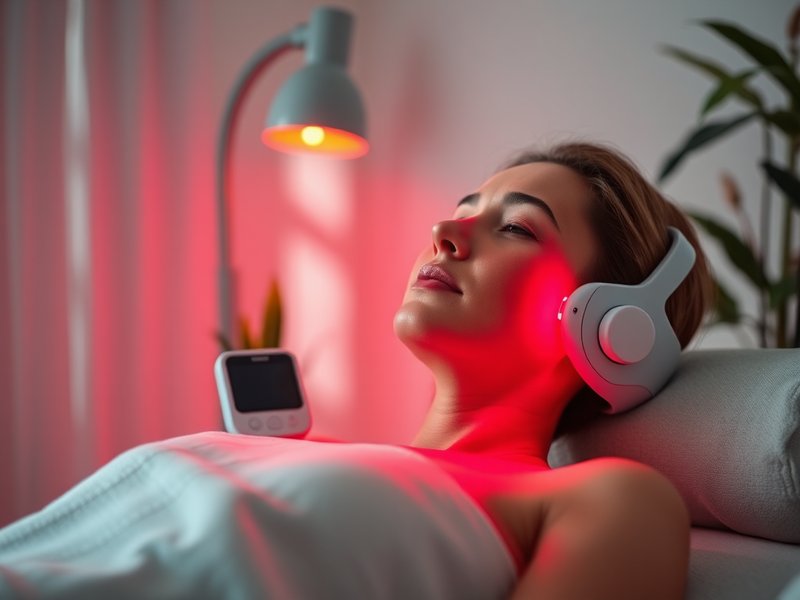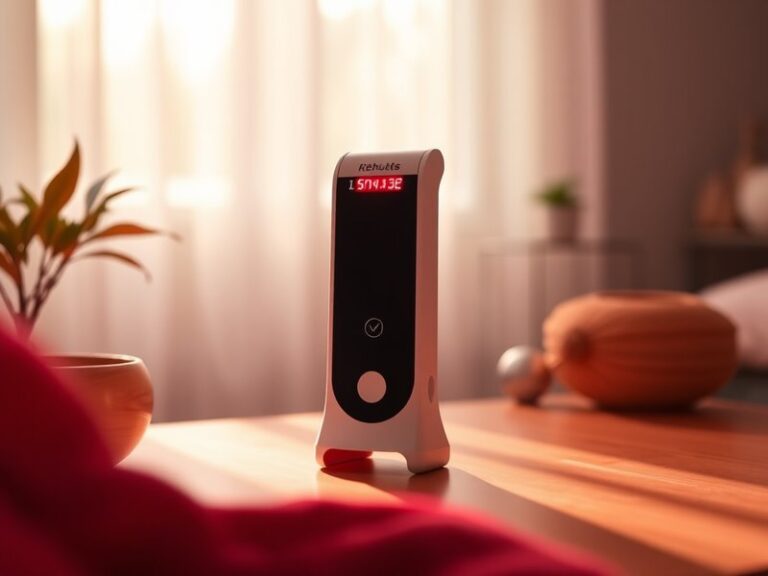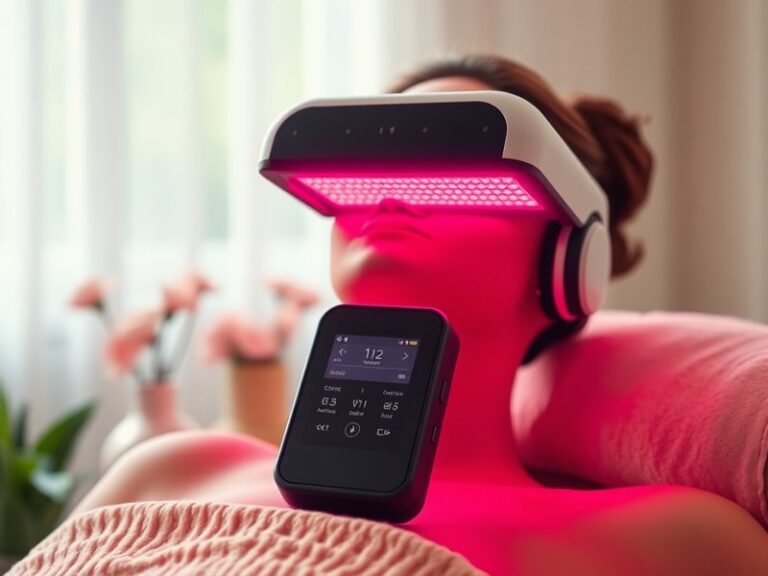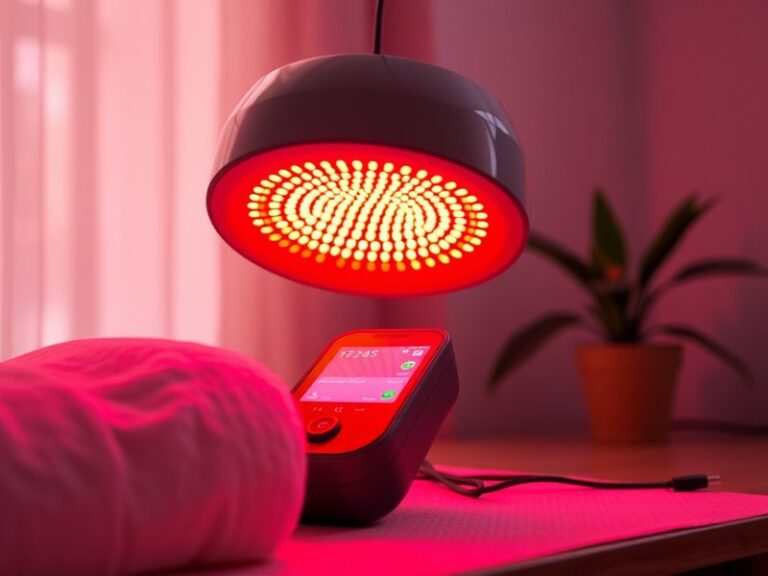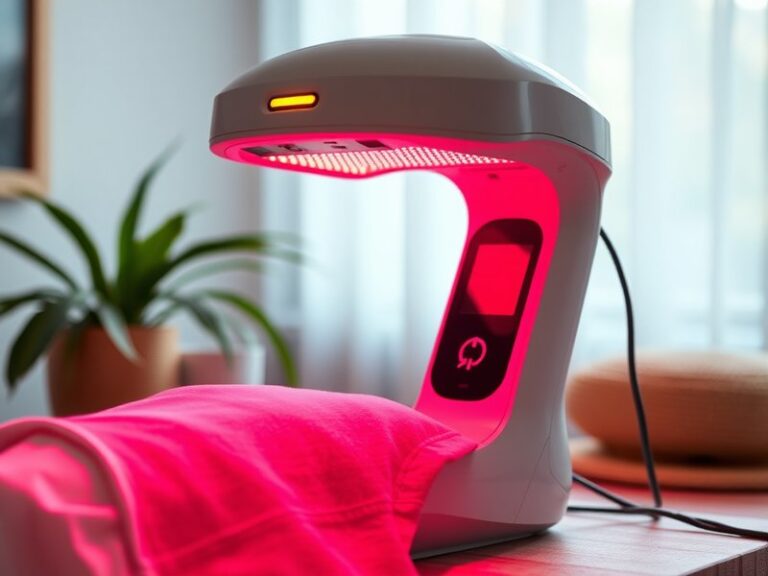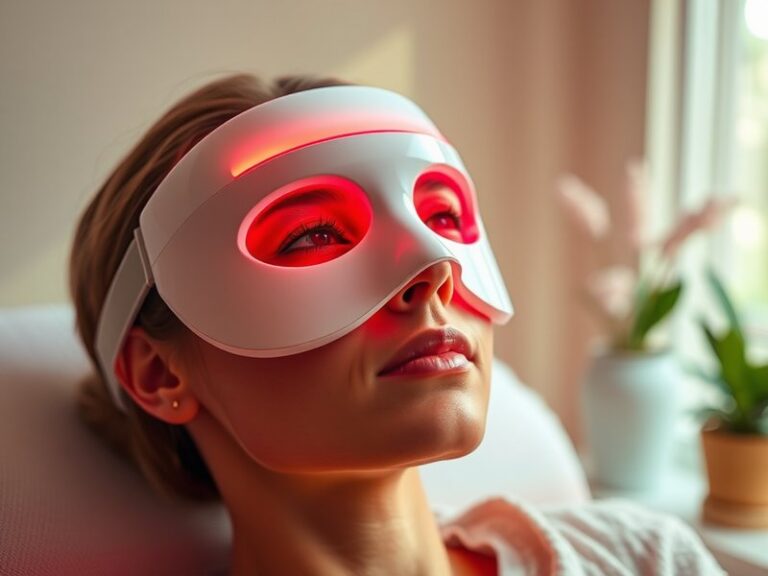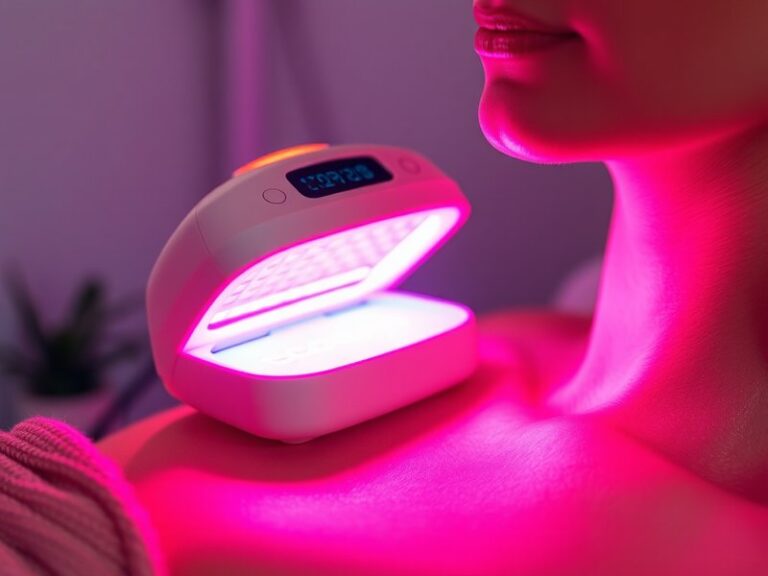Does Red Light Therapy Help Vertigo?
Does Red Light Therapy Help Vertigo?
Have you ever experienced the disorienting sensation of spinning or dizziness? If so, you may be familiar with vertigo, a condition that can significantly impact day-to-day life. Recent discussions surrounding alternative treatments have introduced red light therapy as a potential remedy. But does it truly help, or is it just another passing trend?
This article explores the relationship between red light therapy and vertigo, outlining the science behind it, potential benefits, and considerations for those seeking relief from this challenging condition.
Key Takeaways
- Red light therapy may promote healing and reduce inflammation, potentially benefiting individuals with vertigo.
- While some studies indicate positive effects, more research is needed to establish its efficacy as a treatment for vertigo.
- Considerations such as underlying causes and individual responses to therapy are crucial before pursuing red light therapy.
What is Red Light Therapy?
Red light therapy (RLT) is a non-invasive treatment that utilizes low levels of red or near-infrared light to stimulate cellular function. This therapy has gained attention for its potential health benefits, including enhanced skin healing, reduced inflammation, and improved circulation.
RLT works by penetrating the skin and stimulating mitochondria, the powerhouse of cells. This boosts ATP (adenosine triphosphate) production, which promotes cellular repair and regeneration. By improving metabolic function, RLT may help alleviate a variety of conditions, including chronic pain, skin disorders, and, potentially, vertigo.
What are the Benefits of Red Light Therapy?
Exploring the benefits can provide insight into how red light therapy might influence vertigo symptoms.
Accelerated Healing
RLT has been shown to promote faster healing in tissues by enhancing circulation and reducing inflammation. For individuals suffering from vertigo due to vestibular disorders, improved tissue health may lead to better balance and reduced symptoms.
Pain Relief
Chronic pain can exacerbate the feelings of dizziness associated with vertigo. Studies have indicated that RLT can help reduce pain levels, which, in turn, may improve overall well-being and lessen the impacts of vertigo.
Reduced Inflammation
Inflammation is a common underlying factor in many health issues. Red light therapy has anti-inflammatory properties, which can benefit those with vestibular disorders. By minimizing inflammation, RLT may help reduce the severity and frequency of vertigo episodes.
Improved Blood Flow
RLT may enhance microcirculation, ensuring that necessary nutrients and oxygen reach the inner ear and brain areas involved in balance. This increase in blood flow can potentially optimize the function of these critical areas.
Discover the complete story Is Excessive Red Light Therapy Harmful?
Is it Possible to Use Red Light Therapy for Vertigo?
Using red light therapy for vertigo is possible, but it is essential to approach this option with careful consideration.
What are the Advantages of Using Red Light Therapy for Vertigo?
There are several advantages to incorporating RLT into a vertigo management plan.
Non-Invasive Treatment
Unlike surgery or medication, RLT is a non-invasive treatment option that typically presents fewer side effects. This makes it an appealing choice for individuals looking for alternative therapies.
Accessibility
With numerous home-use devices available, RLT can be conveniently integrated into daily routines. Patients can benefit from therapy sessions without frequent visits to a clinic.
Holistic Approach
RLT not only targets the symptoms of vertigo but may also promote overall health and wellness, addressing related issues such as pain and inflammation.
Potential for Improved Quality of Life
By reducing the severity of vertigo symptoms, RLT could lead to improved daily functioning and quality of life for those affected.
What are the Disadvantages of Using Red Light Therapy for Vertigo?
While RLT has potential benefits, there are also some disadvantages and challenges to consider.
Limited Research
Despite promising anecdotal evidence and initial studies, robust clinical research on RLT specifically for vertigo is still limited. This makes it difficult to draw definitive conclusions about its effectiveness.
Varied Results
Responses to RLT can differ significantly among individuals. What works for one person may not work for another, making it essential to manage expectations.
Cost of Equipment
Though home devices are available, the initial investment may be significant. Additionally, not all devices are created equal, and it may be challenging to choose the one that is most effective.
Get the full context in Red Light Therapy with Hyaluronic Acid?
What are the Things to Consider Before Using Red Light Therapy for Vertigo?
Before beginning RLT for vertigo, it is crucial to consider multiple factors to ensure safe and appropriate use.
Consult with Healthcare Professionals
Prior to starting any form of therapy, individuals should consult with their healthcare providers. Discussing specific symptoms, medical history, and treatment options can help formulate a comprehensive care plan.
Understand Underlying Causes
Identifying the underlying cause of vertigo is critical. Conditions like Benign Paroxysmal Positional Vertigo (BPPV), vestibular neuritis, or Meniere’s disease may require different treatments and should be diagnosed by a professional.
Monitor Results
If choosing to pursue RLT, keep track of symptoms and outcomes. Maintaining a journal can help recognize patterns and response to therapy over time.
Seek Professional Devices if Needed
If opting for professional treatments, investigate qualified practitioners and consider clinics specializing in RLT for maximum efficacy.
What are the Alternatives to Red Light Therapy for Vertigo?
In addition to RLT, there are several other treatment options for managing vertigo.
Vestibular Rehabilitation Therapy (VRT)
VRT is a specialized form of physical therapy designed to strengthen the vestibular system and improve balance. It is often effective for various types of vertigo.
Medication Therapy
Certain medications, such as antihistamines or anticholinergics, can alleviate symptoms of vertigo by targeting the nervous system.
Dietary Changes
For individuals with Menière’s disease, dietary adjustments, including reduced salt intake and caffeine avoidance, may help manage symptoms.
Cognitive Behavioral Therapy (CBT)
CBT can address the anxiety often associated with vertigo, helping individuals cope with the psychological aspects of their condition.
Conclusion: Is it Recommended to Use Red Light Therapy for Vertigo?
Red light therapy presents a promising avenue for those seeking relief from vertigo symptoms, particularly due to its non-invasive nature and potential benefits. However, its effectiveness remains unconfirmed as significant clinical research is still needed. Individuals considering RLT should discuss their options with healthcare professionals, ensure they understand their unique cases, and explore a range of treatments available.
Frequently Asked Questions
Does red light therapy have any side effects?
Red light therapy is generally considered safe with minimal side effects. Some users might experience mild tenderness or redness at the application site, but serious complications are rare.
How long does it take to see results from red light therapy?
Many users report seeing improvements within a few weeks of consistent treatment, although individual responses can vary widely based on the condition being treated.
Can I use red light therapy at home?
Yes, home devices are available for red light therapy. However, the efficacy of these devices can vary, and consulting with a professional about their use is advisable.
Is red light therapy suitable for everyone?
While RLT is safe for most individuals, those with specific medical conditions or those who are pregnant should consult with a healthcare professional before starting therapy.
What should I look for in a red light therapy device?
Look for devices with clinical-grade wavelengths of light, good customer reviews, and ideally certifications demonstrating safety and efficacy in medical use.
